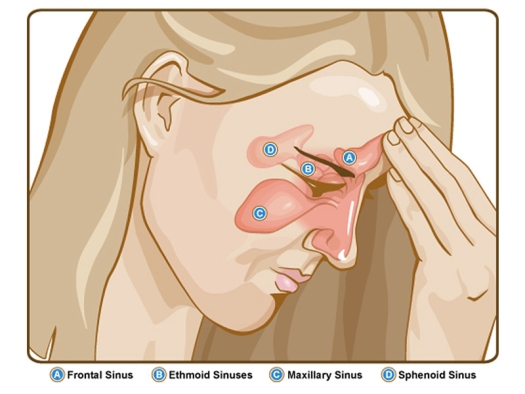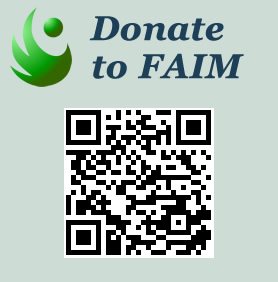An information packet from the World Research Foundation
Sinuses.jpg

Illustration from National Institute of Allergy and Infectious Diseases (NIAID), NIH Flickr / CC BY 2.0
In humans, there are four pairs of cavities (air-filled spaces) known as paranasal sinuses. These small hollow spaces, which are located within the skull or bones of the head surrounding the nose, are named for the bones that contain them, as follows:
- Frontal sinuses over the eyes in the brow area
- Maxillary sinuses inside each cheekbone
- Ethmoid sinuses just behind the bridge of the nose, between the eyes
- Sphenoid sinuses behind the ethmoids in the upper region of the nose and behind the eyes
The paranasal sinuses open into the nasal cavity and are lined with cells that make mucus to keep the nose from drying out during breathing and to trap unwanted materials so that they do not reach the lungs.
Sinusitis affects approximately 11% of the population. The sinusitis packet is 248 pages and includes information regarding herbs, nutrients, vitamin A, zinc, the use of color therapy, and many more approaches. It was stated by the great alchemist and medical doctor Paracelsus, that whatever ailment exists in a particular area, God has provided natural remedies within those areas to address the health challenge.
The partial list of subjects include: herbs, germanium, bee pollen, Vitamins B, C, D, garlic, zinc, homeopathy, acupuncture, aromatherapy, ayurvedic, honey, corn silk, nasal rinses, yoga, Bach Flowers, lavender, eucalyptus, shiatzu, chamomile, reflexology, propolis, and enzymes.
Each packet also includes a list of recommended books and newsletters for more information.
Link to order from WRF: Sinusitis Library Research Packet

